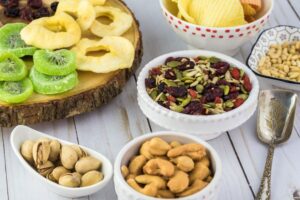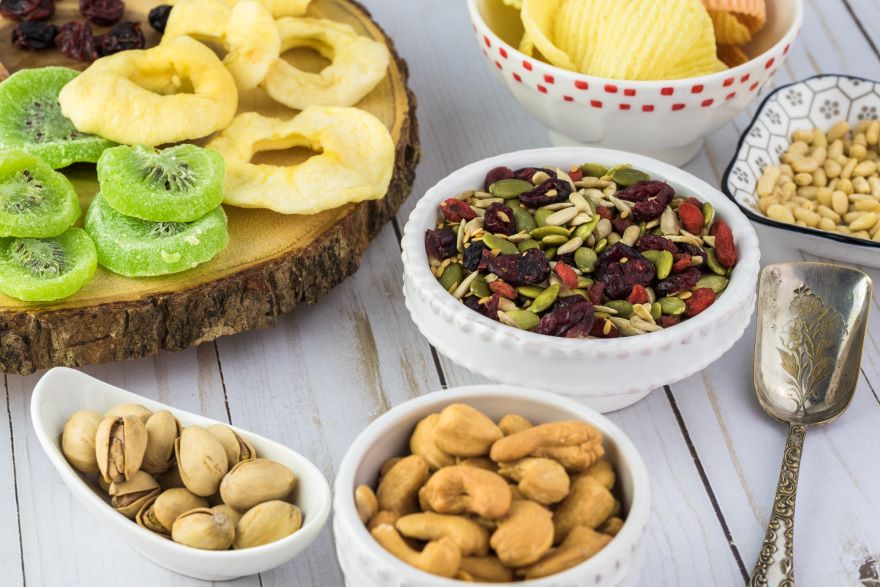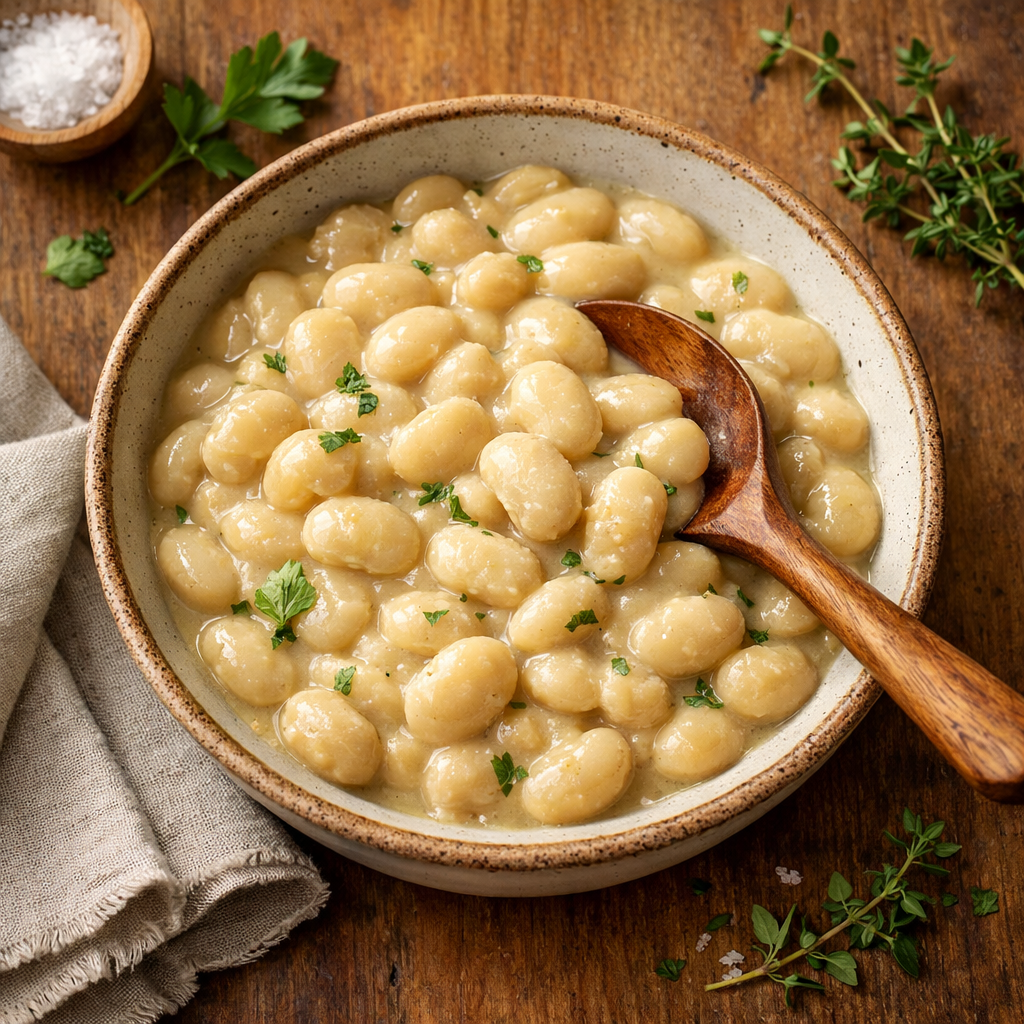Snacking can be tricky when you have food restrictions. I know how hard it can be to find tasty options that are both gluten-free and dairy-free.
But don’t worry – there are lots of yummy choices out there! Gluten-free and dairy-free snacks include fruits, veggies, nuts, seeds, popcorn, and gluten-free crackers with dips like hummus or guacamole.

I’ve tried many snacks over the years to find the best gluten-free and dairy-free options. Some of my favorites are apple slices with almond butter, carrot sticks and hummus, and gluten-free pretzels. There are also many packaged snacks now made without gluten or dairy.
When picking snacks, I like to mix it up between fresh foods and packaged items. This gives me variety and makes sure I get different nutrients. With a little planning, it’s easy to have good gluten-free and dairy-free snacks on hand all the time.
My Emotional Journey Into The World Of Nutritious Gluten-Free And Dairy-Free Snacks
When I first decided to try gluten-free and dairy-free snacks, I felt a mix of excitement and worry. I wasn’t sure what to expect.
At first, I struggled to find tasty options. But soon, I discovered a world of delicious and healthy snacks.
I learned to love new flavors and textures. Fruits and veggies became my go-to choices. I found joy in crunchy carrot sticks and sweet apple slices.
Nuts and seeds satisfied my hunger and gave me energy. I enjoyed almonds, pumpkin seeds, and sunflower seeds as quick, protein-packed bites.
My sweet tooth wasn’t left out. I tried dried fruits like dates and figs. They were naturally sweet and full of fiber.
I experimented with making my own snacks too. Homemade veggie dips became a favorite. They were easy to make and perfect for parties.
As time passed, I felt proud of my new eating habits. My body felt better, and I had more energy.
Now, I see gluten-free and dairy-free snacks as a positive part of my life. They’re not just food – they’re a path to better health.
Relatable Challenges I Faced And How I Overcame Them
I struggled to find tasty snacks when I first went gluten-free and dairy-free. Yogurt was my go-to snack, but I had to give it up due to my milk intolerance.
Reading labels became a full-time job. I spent hours in the grocery store checking every ingredient. It was frustrating and time-consuming.
Cravings hit hard. I missed my favorite cookies and cheese crackers. The gluten-free alternatives often tasted like cardboard.
I felt left out at social gatherings. Friends would offer me snacks I couldn’t eat. It was awkward explaining my dietary needs over and over.
To overcome these challenges, I got creative in the kitchen. I experimented with gluten-free flours to make my own snacks. Almond flour became my new best friend.
For creating smooth, creamy dairy-free dips and spreads, I’ve found the Vitamix 5200 Blender to be a game-changer. It’s perfect for whipping up homemade hummus, nut butters, and even gluten-free batters for baked goods.
- Variable Speed Control: Easily adjust speed to achieve a variety of textures. The dial can be rotated at any point during the blend, so you’re in complete control
- Large Batches: The size and shape of the self-cleaning 64-ounce container is ideal for blending medium to large batches. Design Feature : Radial cooling fan and thermal protection system
- Hot Soup: The blades in the Vitamix container reach speeds fast enough to create friction heat, bringing cold ingredients to steaming hot in about six minutes
- Hardened Stainless-Steel Blades: Our aircraft-grade stainless steel blades are designed to handle the toughest ingredients, so from the first blend to the last, you get the same quality results
- Self-Cleaning: With a drop of dish soap and warm water, your Vitamix machine can clean itself in 30 to 60 seconds
I discovered delicious dairy-free yogurt alternatives made from coconut and almond milk. These satisfied my yogurt cravings without the digestive issues.
I started carrying safe snacks with me everywhere. Nuts, fruit, and gluten-free bars became my lifeline when hunger struck.
I learned to advocate for myself at social events. I’d bring a dish to share or eat beforehand. This way, I could still enjoy time with friends without stress.
Key Gluten-Free And Dairy-Free Recipes That Marked Turning Points In My Health Journey

My health journey took a positive turn when I discovered these life-changing recipes. They helped me embrace a gluten-free and dairy-free lifestyle while still enjoying delicious snacks.
Recipe 1: The Story Behind The Recipe
The first recipe that made a big impact was homemade gluten-free granola bars. Being tired of store-bought options that were either too sweet or lacked flavor, I decided to create my own version using oats, nuts, and dried fruit.
I experimented with different combinations until I found the perfect mix. My favorite ingredients include:
- Gluten-free rolled oats
- Chopped almonds and pecans
- Dried cranberries and raisins
- Honey as a natural sweetener
These granola bars became my go-to snack for busy days. They were easy to make in batches and kept well in an airtight container. I loved how I could control the ingredients and avoid hidden gluten or dairy.
Recipe 2: The Story Behind The Recipe
Next, I tackled gluten-free and dairy-free cookies. I missed having a sweet treat with my afternoon tea, so I set out to create a satisfying alternative.
After some trial and error, I landed on a recipe using:
- Almond flour
- Coconut oil
- Maple syrup
- Dairy-free chocolate chips
The cookies turned out soft and chewy, with a rich flavor that rivaled traditional recipes. I was thrilled to have a delicious option that didn’t upset my stomach or cause inflammation.
These cookies became a staple in my house. I even started bringing them to parties and gatherings, where they were always a hit with both gluten-free and non-gluten-free friends.
Recipe 3: The Story Behind The Recipe
The final game-changing recipe was for homemade tortilla chips. I loved having chips with dips like hummus, but many store-bought options contained gluten or dairy.
I found a simple method using corn tortillas:
- Cut corn tortillas into triangles
- Brush with olive oil
- Sprinkle with salt
- Bake until crispy
These chips were perfect for dipping in guacamole or my favorite dairy-free hummus. They satisfied my craving for a crunchy snack without any unwanted ingredients.
I started making big batches to have on hand for movie nights or when friends came over. It was an easy way to stick to my diet without feeling deprived.
The Broader Impact Of Gluten-Free And Dairy-Free Snacks On My Overall Well-Being And Lifestyle

I’ve found that switching to gluten-free and dairy-free snacks can have a big impact on how I feel. These snacks often have less added sugar and fewer processed ingredients.
For people with food allergies, these snacks are a safe choice. They help avoid allergic reactions and discomfort. Even without allergies, many find their digestion improves.
Energy levels can get a boost too. I’ve noticed I feel less sluggish after eating. This makes it easier to stay active and focused throughout the day.
Mood is another area that may improve. Some people report feeling happier and more stable when they cut out gluten and dairy. This could be due to better gut health.
It’s not just about what you eat, but how you eat. Choosing these snacks often leads to more mindful eating habits. I pay more attention to ingredients and make healthier choices overall.
Shopping habits change too. I spend more time in the produce section and less in processed food aisles. This shift can lead to a more varied and nutritious diet.
Eating out becomes an adventure. I discover new restaurants and menu items I might have overlooked before. It’s a fun way to try new foods and flavors.
Practical Advice And Inspiration For You At Any Stage Of Your Journey

I’ve found that starting a gluten-free and dairy-free diet can feel overwhelming. But don’t worry! There are lots of tasty snacks to enjoy.
For quick and easy options, I love fresh fruit like apples, bananas, and grapes. They’re naturally gluten- and dairy-free.
Nuts and seeds are great for protein and healthy fats. Try almonds, walnuts, or pumpkin seeds.
Make your own trail mix by adding some raisins or dried cranberries.
To expand my range of gluten-free and dairy-free snacks, I invested in the Excalibur 3926TB Food Dehydrator. It’s fantastic for making your own dried fruit chips, veggie crisps, and even homemade beef jerky – all without any gluten or dairy additives.
- Large Capacity: Equipped with 9 easy-to-clean Excalibur dehydrator trays, this large food dehydrator boasts 15 square feet of drying space
- Accurate Temperature Control: Features a 26-hour dehydrator timer and an adjustable thermostat with a range of 105 to 165 degrees F – low enough for fruits and vegetables but high enough for dehydrating meat
- Low & Slow for Immune Boost: The perfect dehydrator for food and jerky, dried fruit leather, fruit roll-up puree, pet treats, homemade yogurt, veggies, nuts, and even bread, it cooks food at 115-118 degrees max, which preserves nutrients and enzymes
- Efficient & User Friendly: This meat and fruit dehydrator dehydrates food faster, retains more nutrients, and helps food look and taste better without tray rotation thanks to patented Excalibur Hyperwave technology and horizontal Parallex drying
- Includes: Digital download Guide to Dehydration and 9 flexible non-stick polyscreen tray inserts; Made in the USA with USA and globally sourced materials
Vegetables are perfect for snacking. Carrots, celery, and snap peas are crunchy and satisfying.
Pair them with guacamole or homemade hummus for extra flavor.
I’ve discovered that rice cakes topped with nut butter and banana slices make a delicious treat. Almond butter or sunflower seed butter work well if you’re avoiding peanuts.
For a salty crunch, I enjoy popcorn or gluten-free pretzels. Just check labels to ensure they’re dairy-free too.
Looking for a convenient and delicious gluten-free, dairy-free snack option? I highly recommend trying Simple Mills Almond Flour Crackers. These tasty crackers are made with wholesome ingredients and come in a variety of flavors to satisfy any craving.
No products found.
When I’m craving something sweet, I reach for dark chocolate. Anything over 70% cacao is good. Many brands are naturally dairy-free, but always verify the ingredients.
Embracing Your Gluten-Free and Dairy-Free Journey
When you are looking for a gluten-free and dairy-free snacking journey, remember it is an adventure in lavor, creativity, and self-discovery! As we’ve explored, there’s a whole world of delicious options waiting for you to sink your teeth into. From the humble carrot stick to the mighty almond, nature has provided us with lots of tasty treats that are both nutritious and satisfying.
Remember, healthy food choices are happy food choices, and this journey is all about nurturing your body and soul. So, why not challenge yourself to try a new gluten-free and dairy-free snack every week?
But let’s not stop at just eating—get creative in the kitchen! Whip up some homemade granola bars or bake a batch of almond flour cookies. Not only will you impress your friends (and yourself), but you’ll also have full control over the ingredients. Who knows, you might discover your hidden talent as a gluten-free, dairy-free snack guru!
And share your favorite gluten-free and dairy-free snack ideas with others. Post them on social media, swap recipes with friends, or start a blog. By spreading the joy of healthy snacking, you’re not just helping yourself—you’re nurturing healthy eating habits in your community.
So go forth and snack with gusto! Remember, a life without gluten and dairy doesn’t mean a life without flavor. It’s time to embrace the crunch of seeds, the sweetness of fruits, and the satisfaction of knowing you’re treating your body right. Your gluten-free, dairy-free snacking adventure awaits—and trust me, it’s going to be delicious!

*We may earn a commission for purchases made using our links. Please see our disclosure to learn more.





